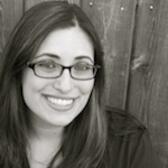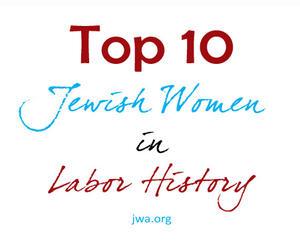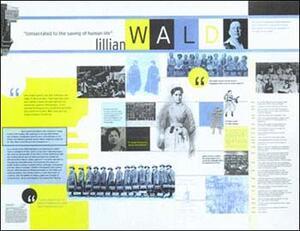10 Things You Should Know About Lillian Wald
-
Lillian Wald was born in Cincinnati, OH in 1867. Like many German Jews, her parents had emigrated from Europe soon after the revolutions of 1848. Her father, an optical goods dealer, moved his family to Rochester, NY in 1878. The Walds valued culture as well as formal education. Lillian remembered her parents’ home as a place overflowing with books. She went to a school in Rochester that taught in French as well as English.
-
An excellent student, she applied to Vassar College at the age of 16, but was not accepted because she was too young. Undaunted, she continued her studies, enrolling in the nursing program at the New York Hospital. She graduated two years later. After a year working as a nurse, she entered the Women’s Medical College in New York. While there, she began to organize home nursing classes for immigrant families on the Lower East Side of Manhattan.
-
During one of these classes, Wald had what she later called a “baptism of fire”: a child led her to a sick woman in a dilapidated tenement apartment. All “the maladjustments of our social and economic relations [were] epitomized in this brief journey,” she later wrote. Her desire to make healthcare widely available convinced her to leave medical school and move first to the College Settlement House on Rivington Street and later to 265 Henry Street. There she founded the Nurses Settlement, which became the Henry Street Settlement.
-
In 1902, Lillian started a public school nursing program; within three years, the Henry Street Settlement nurses were running 18 district centers and caring for 4,500 patients. In 1910, inspired by a series of nursing lectures organized by Lillian Wald, Columbia University’s Teachers College established a Department of Nursing and Health.
-
The sphere of activities at the Henry Street Settlement expanded to include boys’ and girls’ clubs, arts and crafts, English lessons, homemaking classes, social events, vocational guidance and training, and courses in public health— this vital center of neighborhood life offered its residents all this and more.
-
Although Wald was not herself religious in any conventional way, her work on behalf of Eastern European Jewish immigrants appealed to civic-minded and wealthy members of New York’s Jewish community. As early as 1896, she spoke at the first meeting of the National Council of Jewish Women about the challenges facing new immigrants, particularly their need for education, better health care, and fair working conditions. Her humanitarian efforts also went beyond the Jewish community. She was one of the founders of the National Association for the Advancement of Colored People.
-
She worked hard to get the United States Department of Labor to establish a Children’s Bureau. When she was asked to be chief of the new bureau in 1912, she declined, believing that she could be more useful if she remained at Henry Street.
-
During World War I, her commitment to pacifism did not stop her from defending immigrants’ civil liberties or from working tirelessly on behalf of the Council of National Defense. After the war, Lillian Wald became friendly with Eleanor Roosevelt and others active in national politics whose work echoed and amplified her own efforts.
-
Lillian Wald’s reputation spread well beyond the United States. In 1924, for example, she traveled to the Soviet Union to discuss public health measures. The pace of her work and travels began to take a toll on her health. She resigned as head of the Henry Street Settlement in 1933.
-
She continued thinking and writing about the need for a better society. Almost 20 years earlier, she had written The House on Henry Street. In 1934 she wrote a second book, Windows on Henry Street, that described her work more fully. She received honorary degrees from Smith and Mount Holyoke Colleges. In 1937, New York City held a public celebration of her 70th birthday. President Roosevelt, New York’s Governor Lehman, and Mayor LaGuardia all saluted her. She died of a cerebral hemorrhage in 1940.








